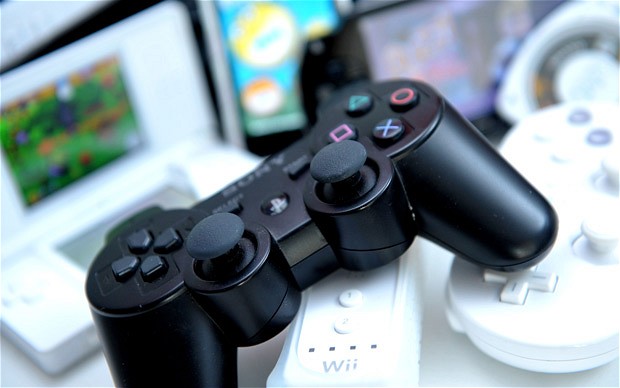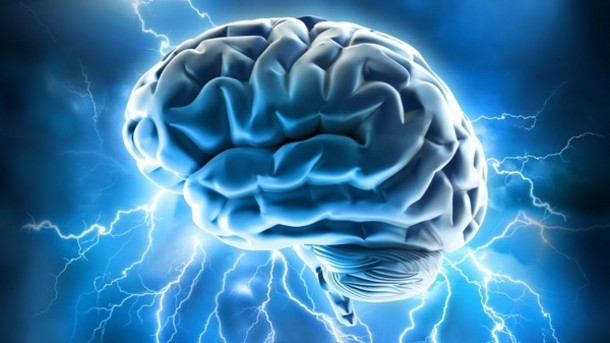 Decision-making is what you might call “practical science.” Findings on how we make decisions have direct applicability to life outside the psychology lab, and in recent years there’s been quite a lot said about this most commonplace, yet complicated, feats of mind. A new study adds to the discussion by suggesting that a wee bit of procrastination can make us better decision-makers.
Decision-making is what you might call “practical science.” Findings on how we make decisions have direct applicability to life outside the psychology lab, and in recent years there’s been quite a lot said about this most commonplace, yet complicated, feats of mind. A new study adds to the discussion by suggesting that a wee bit of procrastination can make us better decision-makers.
Researchers from the Columbia University Medical Center wanted to know if they could improve decision accuracy by inserting just a smidgen more time between peoples’ observation of a problem and their decision on how to respond.
The research team conducted two experiments to test this hypothesis. First, they asked study participants to make a judgment about the direction of a cluster of rapidly moving dark dots on a computer monitor. As the dots (called the “target dots” in the study) traveled across the screen, participants had to determine if the overall movement was right or left. At the same time, another set of brighter colored dots (the “distractor dots”) emerged on the screen to obscure the movement of the first set. Participants were asked to make their decisions as quickly as possible.
When the first and second set of dots moved in generally the same direction, participants completed the task with near-perfect accuracy. When the second set of dots moved in a different direction than the first, the error rate significantly increased. Simple enough.
The second experiment was identical to the first, except this time participants were told to make their decisions when they heard a clicking sound. The researchers varied the clicks to be heard between 17 and 500 milliseconds after the participants began watching the dots – a timespan chosen to mimic real-life situations, such as driving, where events happen so quickly that time seems almost imperceptible.
The research team found that when participants’ decisions were delayed by about 120 milliseconds, their accuracy significantly improved.
"Manipulating how long the subject viewed the stimulus before responding allowed us to determine how quickly the brain is able to block out the distractors and focus on the target dots," said Jack Grinband, PhD, one of the study authors. "In this situation, it takes about 120 milliseconds to shift attention from one stimulus, the bright distractors, to the darker targets."
The researchers were careful to distinguish “delaying” from “prolonging” the decision process. There seems to be a sweet spot that allows the brain just enough time to filter out distractions and focus on the target. If there’s too little time, the brain tries to make a decision while it’s still processing through the distractions. If there’s too much time, the process can be derailed by more distractions.
If you’re wondering how anyone can actually do this with so little time to make a decision, the answer—suggested by this study—is practice. Just as the participants were cued by the clicks to make a decision, it would seem that we have to train ourselves to delay just long enough to filter distractions.
Said another way, doing nothing--for just a tiny amount of time--gives the brain an opportunity to process and execute. (In my book, Brain Changer, I refer to this as the "awareness wedge" because it's a consciously inserted "wedge" between the immediacy of whatever situation we're facing and our next action.)
This research also underscores just how dangerous it can be to add distractions to the mix—like using a phone while driving—when our brains already need a cushion of time to filter the normal array of distractions we experience all the time.
The study appears in the online journal PLoS One.
You can find David DiSalvo on Twitter @neuronarrative and at his website, The Daily Brain. His latest book is Brain Changer: How Harnessing Your Brain’s Power To Adapt Can Change Your Life.





















